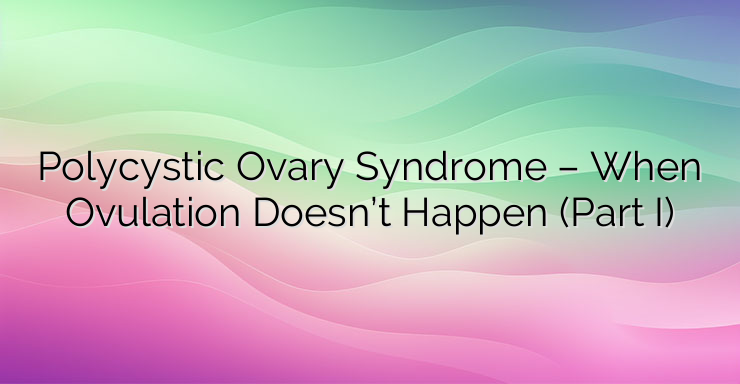Absence of menstruation and excessive, atypical female body and facial hair may be due to polycystic ovary syndrome. In this case, weight gain is also usually observed, and during an ultrasound examination, the obstetrician-gynecologist finds enlargement of the ovaries. Polycystic ovary syndrome is a common problem of the endocrine system among women of reproductive age, about 6% are affected. The presence of acne and increased hair growth is seen in two thirds of cases of polycystic ovaries. However, this condition does not reach the extremes typical of hirsutism, such as thinning of the hair, thickening of the voice and change of the external genitalia to a male type. Amenorrhea or the absence of menstruation is also a leading indicator – it occurs in about 70% of those affected . Although it is considered normal for the years after the first menstruation to be irregular, in young women with the syndrome it is not regulated, on the contrary, over time it becomes an increasingly rare phenomenon and disappears. Exceptions are cases in which the menstrual cycle proceeds normally. An indicator of the syndrome is considered to be the absence or increase of the intervals between periods for a period of at least 6 months. It is possible for polycystic ovary syndrome to appear gray-black warts (pigmentation) on the folds of the body (especially on the groin, neck, arms, including fingers), around the chest and under the arms. This skin change is characteristic in an advanced stage of the condition, when metabolic complications are detected – insulin resistance and reduced glucose tolerance, characteristic of diabetes of the second type. It is believed that the increased synthesis of insulin and insulin resistance are related to the appearance of the polycystic kidney disease syndrome. ovaries. It is a fact that most of those affected have changes in the metabolic processes of carbohydrates and energy. Hyper production of insulin, according to experts, stimulates the excessive synthesis of androgens by ovarian tissues. (ovarian androgens) Polycystic ovary syndrome and lack of ovulation are causes of sterility. Criteria for making a diagnosis according to the new medical standards are the absence or infrequent ovulation, increased release of androgens from the female body, which is established by laboratory tests and the detection of polycystic ovaries during an ultrasound examination by a specialist. In 90% of cases of polycystic ovary syndrome, enlarged ovaries are found. Exceptionally, only one ovary may be enlarged or the size of the gonads outside the norm may not be considered. Since 25% of women with normally functioning ovaries are also found to be enlarged, this indicator is not considered the sole determinant for making a diagnosis of the syndrome. When diagnosing it, it is necessary to exclude other pathological conditions, such as increased synthesis of prolactin, presence of androgen-producing neoplasms and congenital adrenal hyperplasia. Second part of the material


Leave a Reply